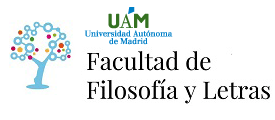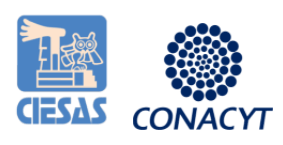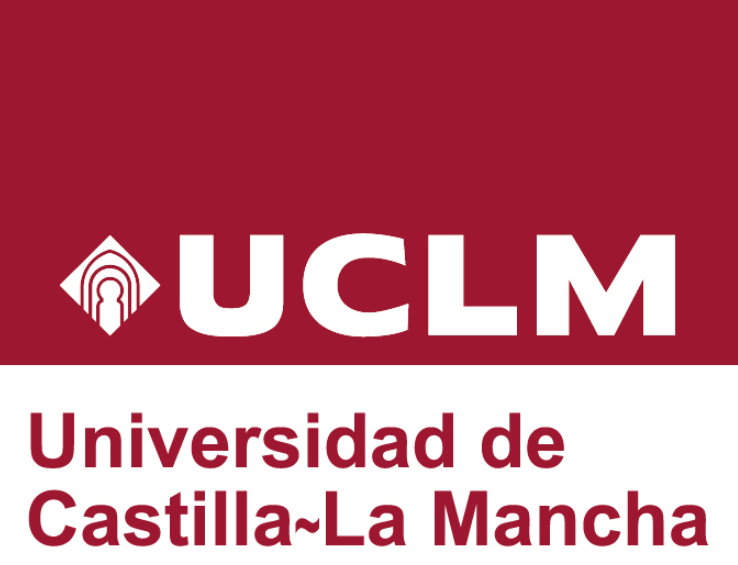MOVING BODIES AND “CAPTIVE AUDIENCE POSITIONS”: THE CASE OF CADORNA STATION (MILAN)
Every morning, in their way out of Cadorna Station (Milan), commuters and travelers are somehow forcedly kept in front of a row of electronic screens showing advertisement for a duration of time that goes from 30 second up to 3 minutes: an impressive amount of time for a transition point. These “captive audiences” are accurately quantified and sold to advertisers: their measurement contributes to define the economic value of the broadcasting time slots of the station’s screens.This paper aims at clarifying how the material and technological features of the station are spatially arranged to discipline the moving bodies of commuters and travelers, in order to “capture” them in a specific spatial position, quantify and eventually commercially exploit them.In order to address this power-related structuration of urban public space, I will propose an approach based on media studies, science and technology studies and urban geography. This approach has as it linchpins two analytical foci:- a relational conceptualization of space, that conceive space not as “given” once for all, but as continuously produced as an entanglement of heterogeneous elements (material, symbolic and pragmatic); - a rhythmanalytical sensitivity to the moving bodies traversing the public space of the station, and to the complex choreographies drawn in space by those same moving bodies.
(*)El autor o autora no ha asociado ningún archivo a este artículo









